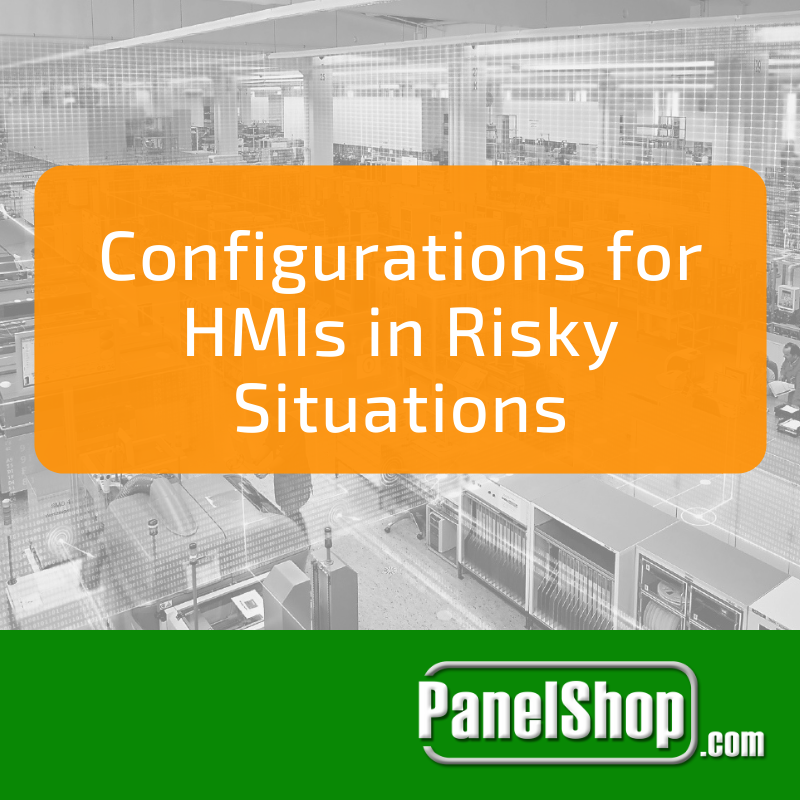
There are many terms to know behind electrical testing and maintenance that demonstrate an electrician's expertise. Below are 15 of the most commonly used terms in basic electrical testing procedures. Whether you're looking for electrical testing solutions or brushing up on your own recall, these 15 terms are need-to-know.
Parts
This first section primarily deals with the most important “parts” in electrical testing. These are accessible conductive parts, both active and passive, as well as earthing electrodes. Each plays a vital role in the electrical system as a whole, and must be properly cared for to ensure that the appliance works at full capacity.
-
Active accessible conductive part
This part is the conductive part of an appliance such as the housing, or part of the housing, which is able to be touched by human skin. An active accessible conductive part is free of mains voltage, unless it is under fault conditions.
-
Passive accessible conductive part
Similarly to the active accessible conductive part, this part is also an accessible conductive part, however it is not a part of the installation or appliance.
-
Earthing electrode
An earthing electrode is another type of conductive part which is placed inside of the earth, ensuring proper and permanent connection with the ground when working with electricity.
Voltages
Understanding the terminology behind different voltages in a system is vital, as each stands for something entirely different. For example, in something as small as a battery, the difference between the nominal and actual voltages could be enough to skew the measurements for the entire appliance. Making sure that each voltage is measured accurately to its target and at a reasonable level is very important, and knowing distinct voltages is immeasurably vital.
-
Nominal voltage
Nominal voltage, often notated “Un”, is the voltage which electrical appliances or its’ components are “rated”, meaning a universally assigned voltage for the appliance, which is not always what the true voltage is. For example, while the actual voltage of an appliance may be 1.67 V, its nominal voltage can still be 1.5 V, the rating of the object.
-
Fault voltage
Fault voltage, commonly notated as “Uf”, is the voltage present between all active and passive accessible conductive parts, as well as ideal ground in the case of a fault on connected appliances to the mainframe. If the ground is considered “ideal”, then the fault via the ground is considered negligible.
-
Contact voltage
Contact voltage is the voltage which is exposed to human skin when they come into any sort of contact with active accessible conductive parts. It is notated UC. The most common way to test contact voltage is to place the two measurement electrodes together 1 m away from the earthing electrode, then create contact with the earthing electrode. The measurement electrodes will then record the voltage that runs through the tester’s feet, through the electrodes
-
Limit contact voltage
This is the maximum amount of contact voltage that may be continually present in certain conditions, including in the presence of water, for example.
Currents
Similarly to voltages, there can be many types of currents running through a system at any given time, in any number of areas, performing any number of tasks. Therefore, understanding the lingo will allow for a much easier discussion and understanding about the processes happening in a system. Without a current running through the appliance, it would not be able to function as intended, if at all. It is key that all of the currents be properly labeled and maintained, so that the appliance can function at 100% capacity.
-
Nominal load current
Nominal load current, notated “In”, is the normal current which flows through the load under normal operating conditions, at a nominal voltage. This should be regularly checked and, if it is less than intended, repairs or further testing may be required.
-
Nominal installation current
Similar to the nominal load current, the nominal installation current is the current drawn by the installation under normal operating conditions.
-
Fault current
Fault current, or “If” is the current that flows to all active accessible conductive parts and to ground, in case of a fault in the appliance.
-
Leakage current
The leakage current, or “IL”, is the current that flows through isolation materials or other elements intended to hold current in the system, under normal operating conditions. The goal is for this to be at a minimum, as leakage current literally causes a “leakage” of power out of the system.
-
Short-circuit current
Short circuit current, notated “Isc”, is the current which flows through a short circuit in the system, often between two objects of different electric potential.
Miscellaneous Terms
-
Electrical insulation
Insulation, also known as non-conductive material, isolates live electric parts at different or same voltages from the rest of the system. Insulative materials can be in solid, liquid, or gas form, as long as they have a high electric resistivity and dielectric strength.
-
Harmonics levels
Harmonics are caused by nonlinear loads, a nonlinear load meaning that the impedance changes over the applied voltage. Devices that cause harmonics are present in all industrial, commercial and residential installations, so it is important to keep an eye on any strange occurrences of data, and keep machines well tested and regulated.
-
Electric shock
The result of an electric current flowing through a human or animal body. This is an incredibly dangerous situation, and proper resuscitation procedures must be followed if electric shock occurs. It is for this reason that only trained and knowledgeable engineers should work with the appliances
The electricians at PanelShop.com are experts in panel building and experienced in control panel testing and installation. Contact us now for electrical testing solutions and get the professional experience you need for your next project:
You May Also Be Interested In Reading
- The 4 C's of the Perfect Panel Building Partner
- Spring Cleaning for Electrical Control Panels
- Custom Control Panel Checklist: The Outsourcing Cheat Sheet





